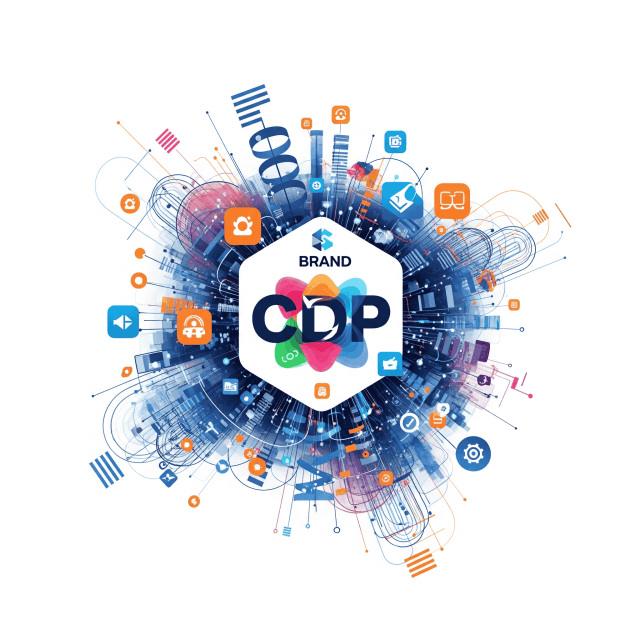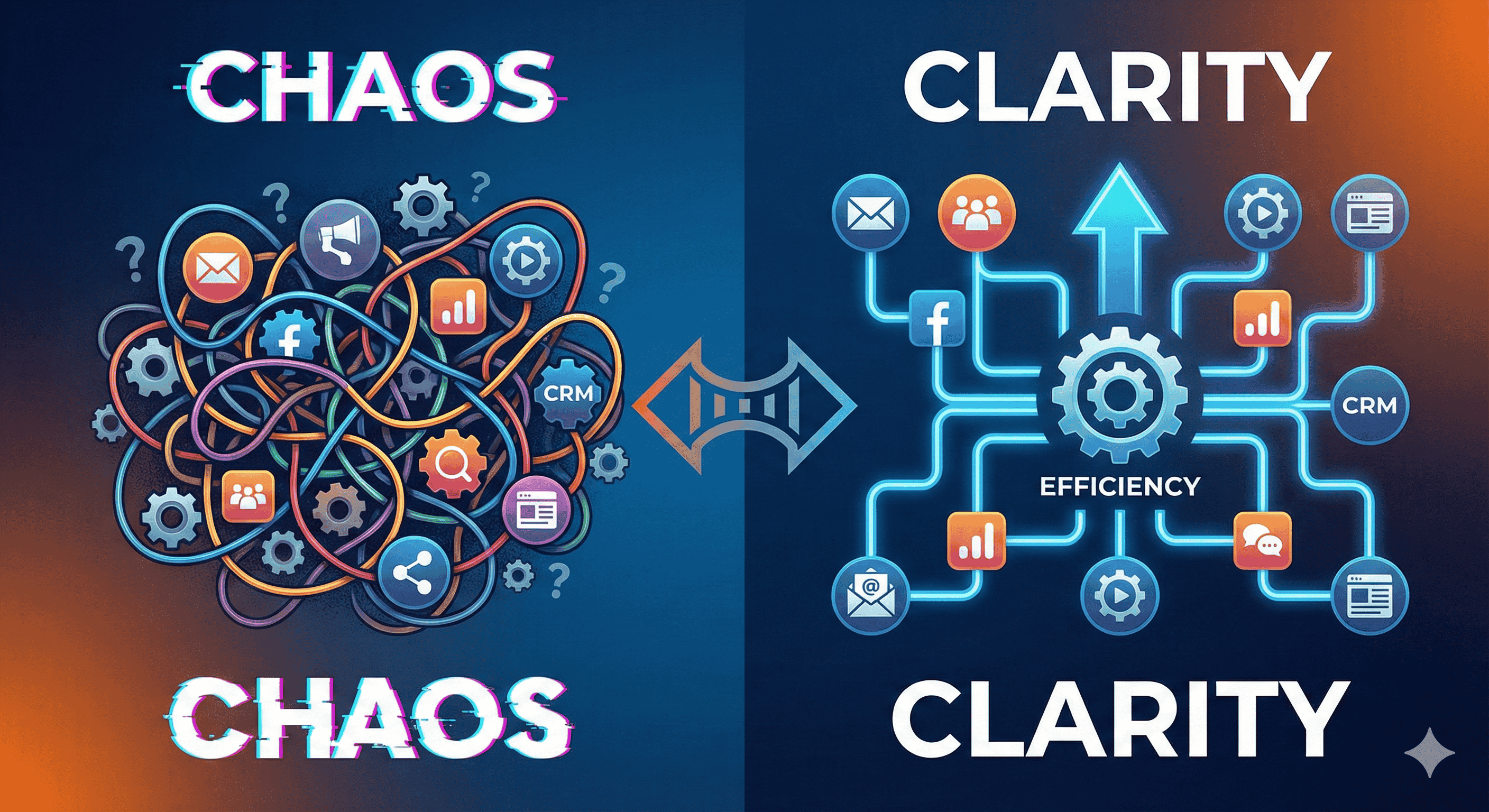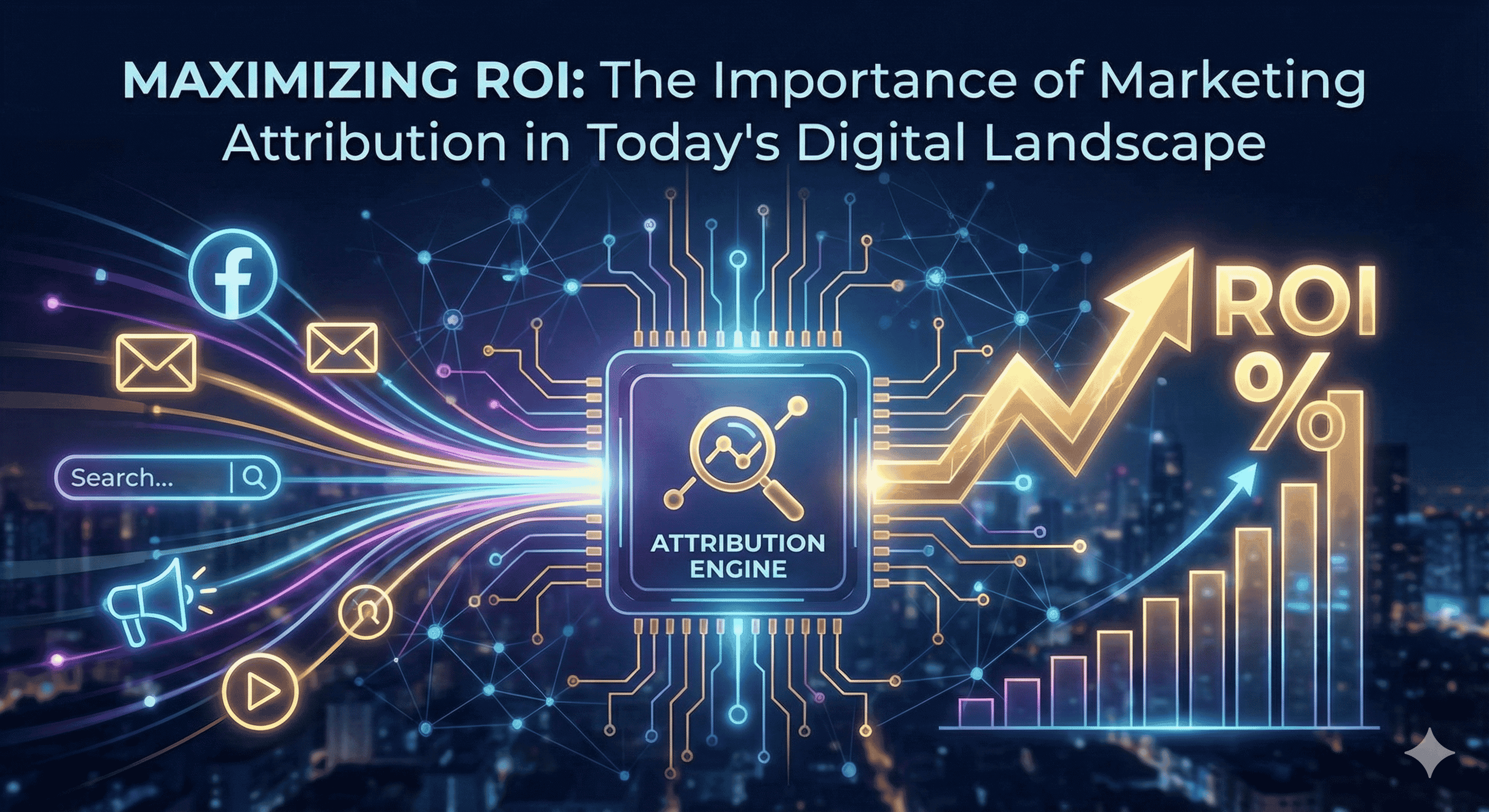In today’s digital landscape, where consumers are bombarded with information and options, understanding and engaging customers has never been more crucial for brands. One of the most effective tools for achieving this is the Customer Data Platform (CDP). This article explores how top brands leverage CDPs to unlock valuable insights and enhance customer engagement.
Understanding Customer Data Platforms (CDPs)
A Customer Data Platform is a centralized system that collects, organizes, and analyzes customer data from various sources. CDPs enable businesses to create a comprehensive, single view of each customer, integrating data from websites, social media, email interactions, and offline channels. This holistic view allows brands to better understand their customers’ behaviors, preferences, and needs.
Key Benefits of Using CDPs
- Unified Customer Profiles: CDPs synthesize data into unified customer profiles, allowing for a granular understanding of customer behavior across channels.
- Enhanced Data Segmentation: With richer data at their disposal, brands can segment their customer base more effectively, targeting messages and offers to specific groups.
- Personalization at Scale: CDPs enable real-time personalization, allowing brands to tailor experiences to individual customers based on their data insights.
- Improved Marketing Efficiency: By harnessing centralized data, brands can streamline their marketing efforts, enhancing ROI and reducing costs.
How Top Brands Leverage CDPs for Engagement
1. Targeted Marketing Campaigns
Top brands use CDPs to design targeted marketing campaigns that resonate with specific customer segments. For example, retailers like Nike utilize CDPs to analyze purchasing patterns and preferences, allowing them to launch targeted campaigns that drive higher engagement rates. By sending personalized promotions and product recommendations, Nike enhances customer loyalty and drives conversions.
2. Real-Time Analytics
Real-time data analytics provided by CDPs allow brands like Coca-Cola to monitor customer interactions as they happen, enabling immediate adjustments to marketing strategies. During campaigns, if a specific promotion is underperforming, Coca-Cola can pivot quickly, optimizing messages and tactics based on customer responses. This agility ensures that customer engagement is maintained, even during dynamic market conditions.
3. Omni-Channel Experiences
Amazon exemplifies the power of CDPs in creating seamless omni-channel experiences. By integrating data from online and offline channels, Amazon can track customer journeys across multiple touchpoints. This comprehensive view enables the retailer to ensure consistency in messaging and customer experience, ultimately leading to higher engagement and satisfaction levels.
4. Enhancing Customer Loyalty Programs
Brands like Starbucks use CDPs to enhance their loyalty programs by analyzing customer data to offer personalized rewards. By understanding individual customer preferences, Starbucks can tailor promotional offers, thereby encouraging repeat visits and increasing overall customer lifetime value. The use of CDPs ensures that rewards are relevant and enticing, maximizing their impact.
5. Predictive Analytics and Insights
Leading brands apply predictive analytics capabilities within CDPs to anticipate future customer behaviors. For instance, Netflix uses these insights to recommend shows and movies based on viewing patterns. By predicting what content a customer is likely to enjoy, Netflix increases engagement by keeping viewers on the platform longer.
Challenges and Considerations
While CDPs offer immense potential, businesses must navigate certain challenges. Data privacy and compliance with regulations such as GDPR and CCPA cannot be overlooked. Brands must ensure that they are implementing robust data governance practices to protect customer information while leveraging their data effectively.
Additionally, integrating a CDP into existing systems can be complex and may require significant investment in technology and training. However, the benefits of increased engagement, customer loyalty, and ROI often outweigh these challenges.
Conclusion
In an era where customer expectations are at an all-time high, leveraging Customer Data Platforms has become essential for brands aiming to stay competitive. By unlocking insights and driving smarter, data-driven engagement strategies, top brands are not only enhancing customer experiences but also driving growth in a rapidly evolving marketplace. As the digital landscape continues to change, those who effectively utilize CDPs will be better positioned to foster meaningful relationships with their customers and thrive.







